
Facial tools have recently become a significant part of many skincare routines. With a focus on promoting skin health and rejuvenation, people often find themselves deciding between manual and electric facial tools. In this comprehensive article, we will discuss the differences and similarities between these two types of face lifting tools, along with their pros and cons to help you make an informed decision.
What are Manual Facial Tools?
Manual facial tools are devices that need to be operated by hand and do not require any batteries or electric power. These tools often include facial rollers, gua sha stones, and other manually-operated devices.
Pros of Manual Facial Tools
- Affordability: Manual facial tools are often less expensive than their electric counterparts, making them more accessible to a wider range of budgets.
- Ease of use: Manual tools are easy to use and do not require any technical expertise. They can be easily incorporated into your daily skincare routine.
- Portability: Manual tools are compact and lightweight, making them perfect for traveling.
- Low maintenance: Unlike electric tools, manual facial tools do not require battery replacements or charging.
Cons of Manual Facial Tools
- Limited functions: Manual facial tools often come with limited functionality compared to their electric counterparts.
- Less efficient: Since manual tools rely on your hand's pressure and movement, they may not provide as thorough an effect as electric tools, which use vibrations or microcurrents to enhance skincare.
What are Electric Facial Tools?
Electric facial tools are devices that require battery power or an electrical source to operate. Often, they are equipped with advanced technology such as microcurrents, sonic vibrations, or LED light therapy. These tools include electric face massagers, microcurrent facial devices, and other high-tech gadgets.
Pros of Electric Facial Tools
- Advanced technology: Electric facial tools often incorporate cutting-edge technology to deliver effective treatments and significantly enhance your skincare routine. For example, microcurrent facial devices use low-level electrical currents to stimulate facial muscles, providing a non-surgical face lifting tool that tightens and rejuvenates the skin.
- Efficiency: Electric tools provide consistent results owing to their automated systems and advanced features, making them more efficient than manual facial tools.
- Versatility: Electric facial tools can perform various functions, such as massaging the skin, stimulating collagen production, and reducing the signs of aging. For instance, you can combine your face lifting tool with home-use face lifting tools to enhance your skincare routine.
- Customization: Electric tools often come with multiple settings and attachments, allowing you to customize your skincare routine based on your individual needs and preferences.
Cons of Electric Facial Tools
- Price: Electric facial tools tend to be more expensive than manual options, which may be a determining factor for some individuals.
- Maintenance: Electric tools require batteries, charging, or other components and need regular maintenance.
- Less portable: Electric facial tools are often bulkier than manual ones, making them less convenient to carry or travel with.
- Learning curve: Some electric tools may have a steeper learning curve and may require time to master their use.

Which One is Right for You?
When considering manual vs. electric facial tools, it is essential to evaluate your specific needs and preferences. If you are looking for affordability and portability, manual facial tools may be a better choice. However, if you desire advanced technology and highly efficient results, electric facial tools could be worth the investment.
Ultimately, the right face lifting tool for you depends on your skincare goals and personal preferences. You can also try combining both manual and electric facial tools to create a balanced, comprehensive skincare routine. For more information on various facial tools and techniques, check out the Efforest Journal.
Frequently Asked Questions
Are electric face brushes worth it?
Electric face brushes have gained popularity in recent years for their ability to provide a deep cleanse and gently exfoliate the skin. They are efficient in removing dirt, makeup, and dead skin cells, promoting clear and radiant skin. While they are often pricier than manual brushes, many users find electric face brushes worth the investment for their enhanced cleansing and exfoliation capabilities. However, it is crucial to remember to use an appropriate brush head, adjust the intensity levels based on your skin type, and avoid over-exfoliating your skin.
What is the difference between sonic and spin facial brushes?
Sonic facial brushes use high-frequency oscillations that create vibrations to dislodge dirt and debris from the skin. These brushes are gentle on the skin and can be suitable for sensitive skin types. Spin facial brushes, on the other hand, use a rotating motion to physically scrub the skin's surface, providing more intense exfoliation. Spin brushes may not be as suitable for sensitive skin types or those with acne-prone skin, as they can potentially cause irritation.
What is the best tool to wash your face?
The best tool to wash your face ultimately depends on your skin type, personal preference, and how much time and effort you're willing to invest in your skincare routine. Options include manual cleansing brushes, sonic and spin facial brushes, or even just using your hands. Make sure to choose a tool that is gentle on your skin and can provide efficient cleansing without causing irritation.
How do you use a manual facial cleansing brush?
Using a manual facial cleansing brush is quite simple. Here are the steps involved:
- Wet your face and the cleansing brush with lukewarm water.
- Apply a small amount of your favorite cleanser to the brush or your face.
- Gently massage the brush onto your skin in circular motions, carefully avoiding the eye area.
- Start at the center of your face and work your way outwards, covering your cheeks, chin, and forehead.
- Continue massaging your face with the brush for about one minute.
- Rinse your face with water and pat dry with a clean towel.
- Rinse the brush thoroughly with water, ensuring all cleanser residue is removed. Let the brush air dry.
Remember to be gentle with your skin and not exert excessive pressure, which may cause irritation. Using a manual facial cleansing brush once or twice a week can help promote healthy, radiant skin.











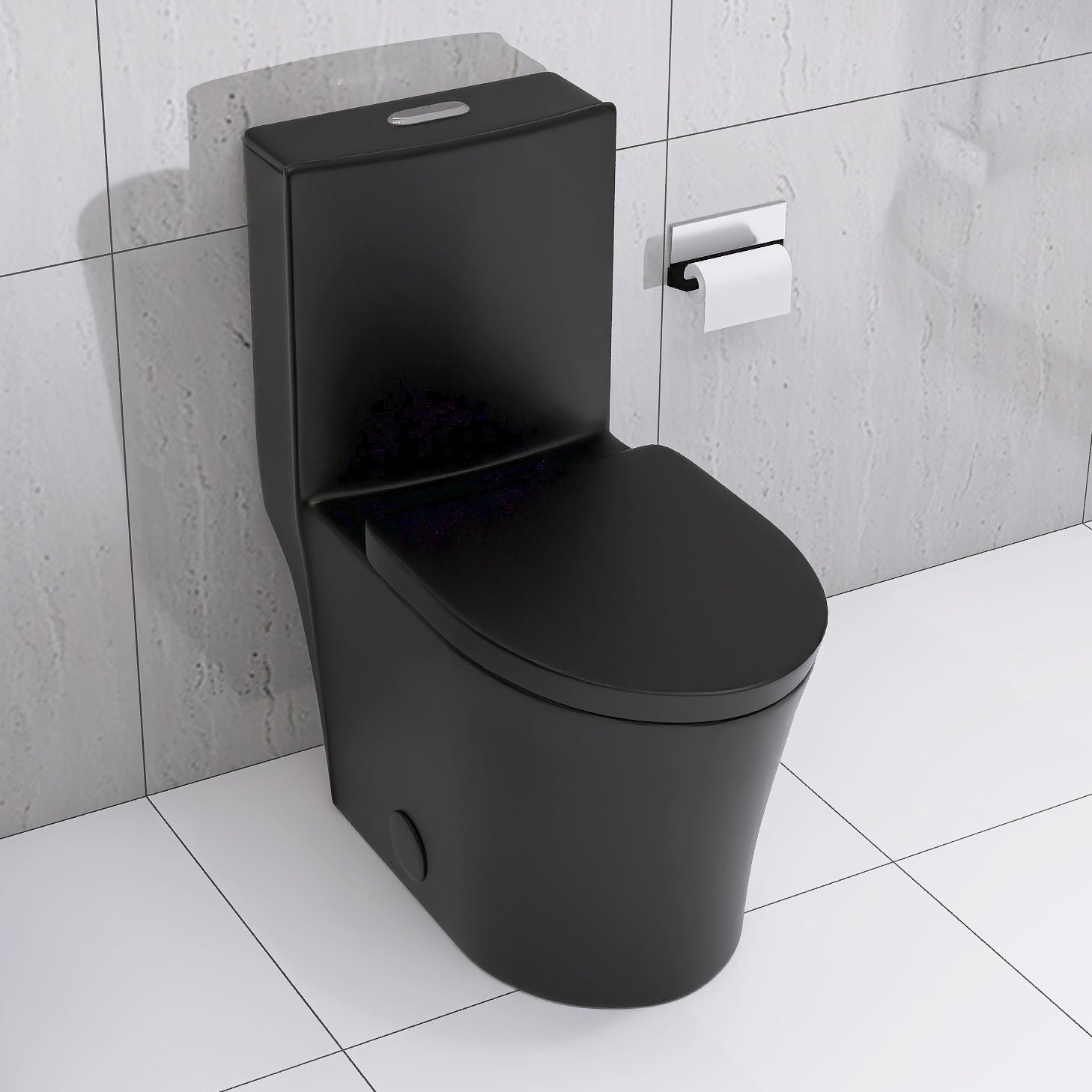






























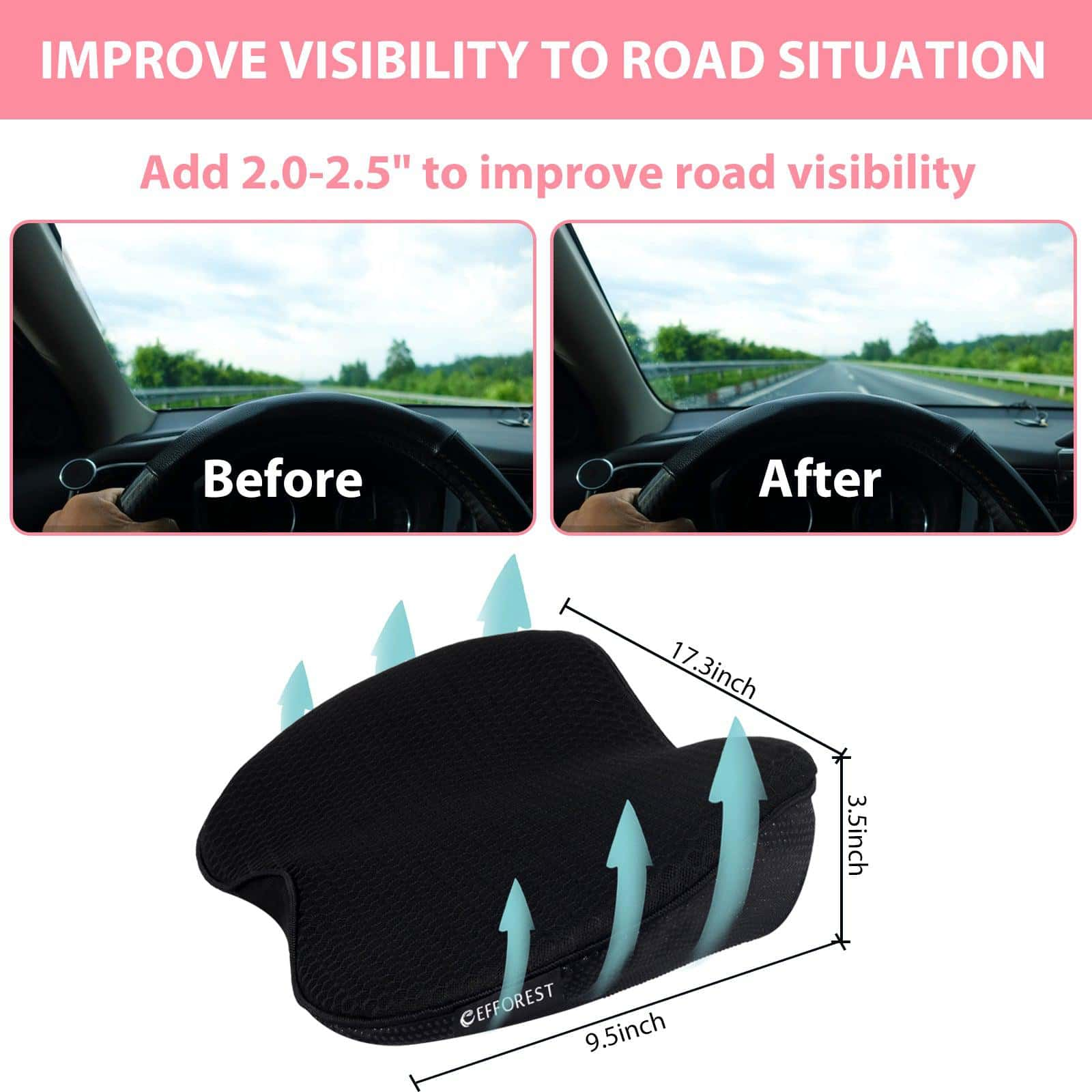





















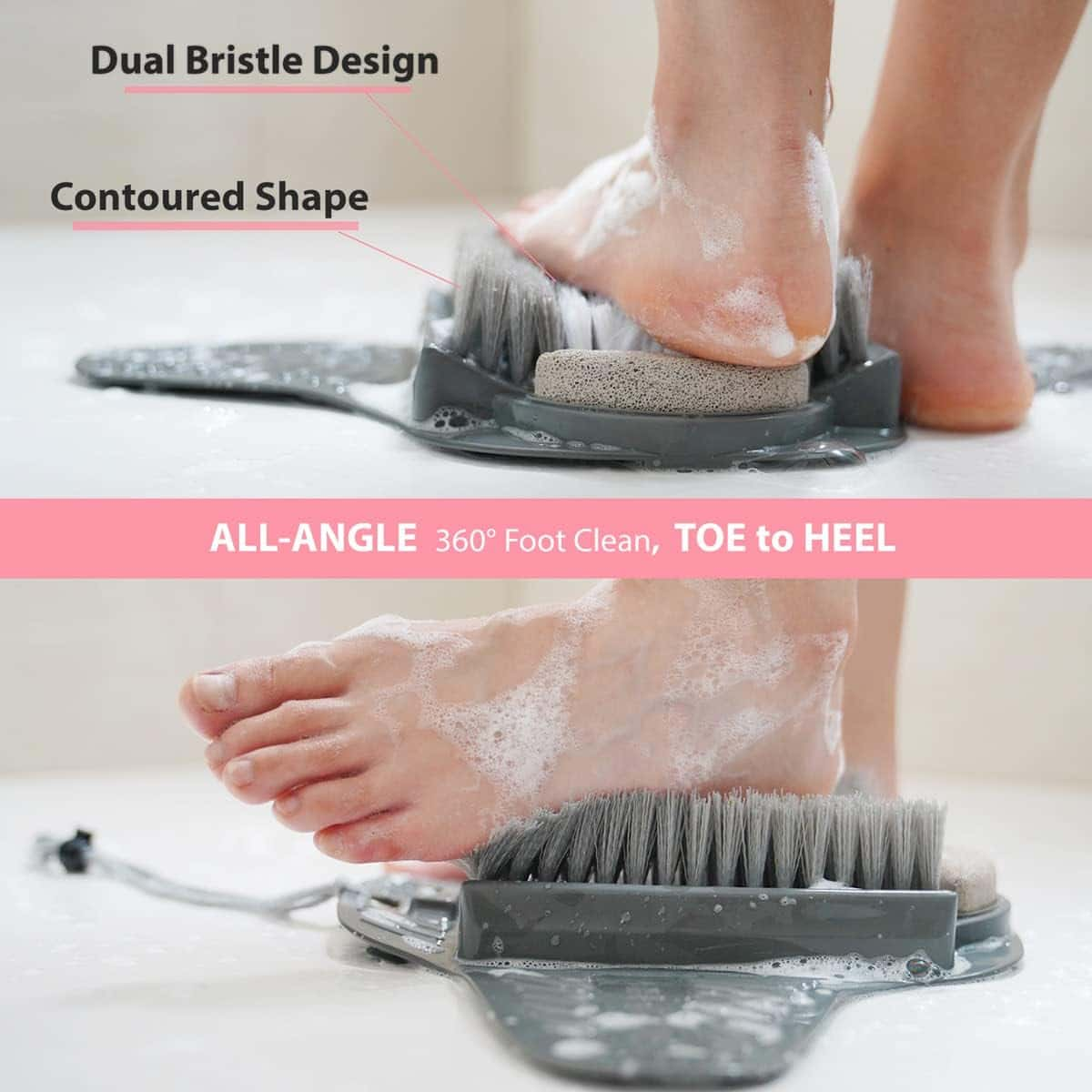



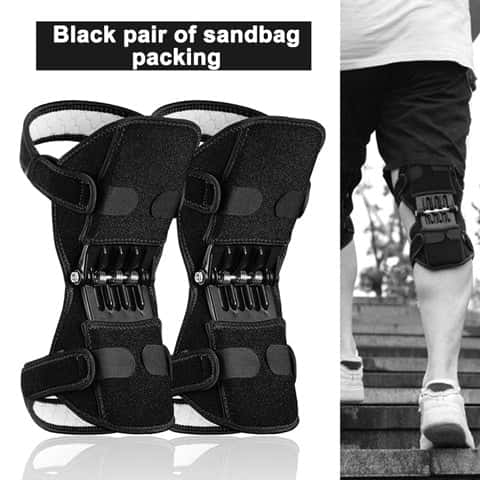







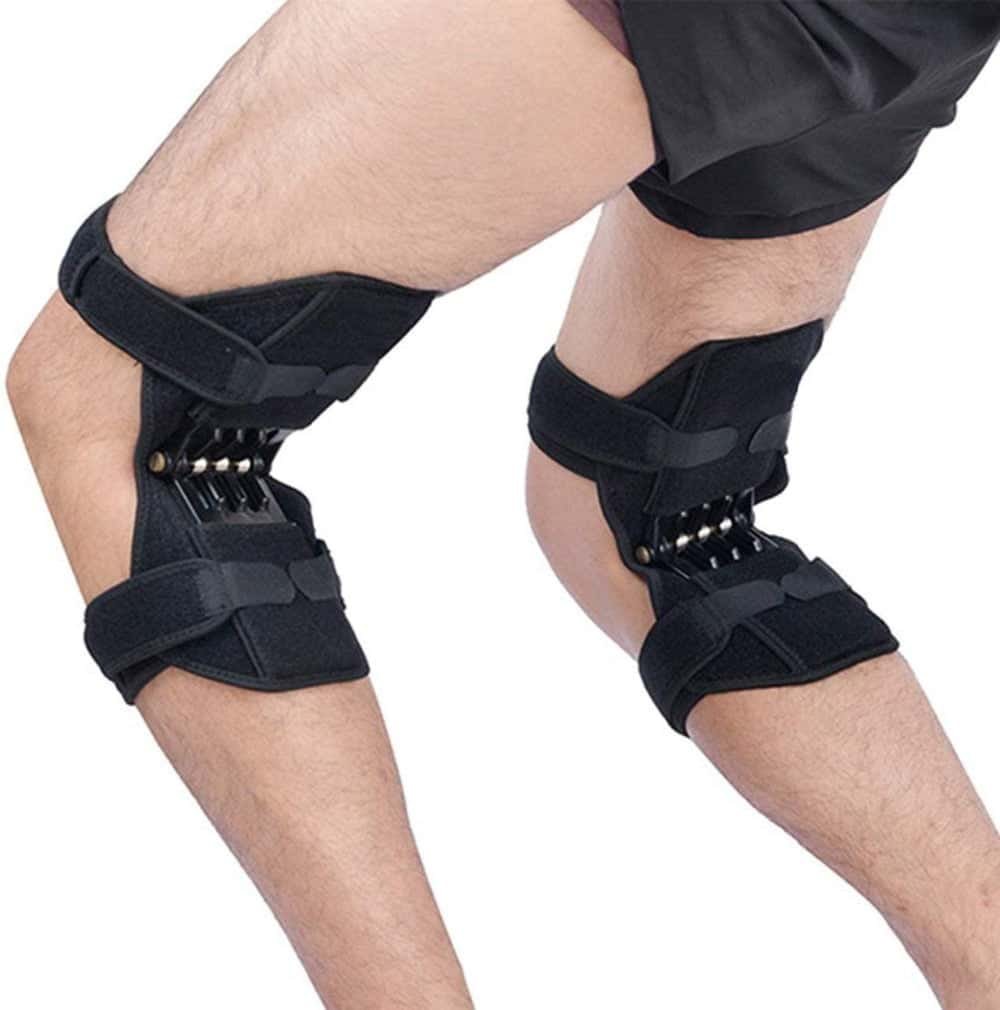





Share and get 15% off!
Simply share this product on one of the following social networks and you will unlock 15% off!